#veganic gardening
Text
To The Rainstorm that killed my hibiscus plant, Count yo mothafuckin days!!
You kilt my tea flower???
You drownt the roots like Ophelia from the Shakespeare???!
Oh! Oh! Jail for Mother Nature! Jail for One Thousand years!
#I AM LIVID.#The Squash? Fine#The Watermelon? Im Hurt But Ill Recover#My HIBISCUS?? my FLORAL LEMONADES????#PISTOLS AT DAWN#gardening#veganic gardening
0 notes
Text
#my post#food#foodie#food polls#polls#aesthetic food#food blog#good food#hungry#cravings#garden#gardening#cooking#eating#vegetable#veggies#vegetarian#vegan#veggie lovers
142 notes
·
View notes
Text
Mushroom Broth Recipe

There's a pretty simple backstory here: I wanted to make soup, but when I went to buy groceries the store was out of both vegetable broth and bouillon, but had mushrooms on sale. I did some Internet searching and learned that making your own broth is pretty simple and easy, so I decided to try making my own mushroom broth to use as a substitute for vegetable broth in my recipes.
In my Internet searching, I also learned the actual difference between a broth and a stock. Although most people use the words interchangeably, stock is traditionally made from bones, while broth is made with meat and/or vegetables. This is kind of fun, because it means that "bone broth" is actually, by definition, bone stock, and "vegetable stock" doesn't exist.
This recipe is my own creation but it's very, very flexible. You can swap out the vegetables and herbs to suit your own tastes. If you wanted to, you could switch the brown mushrooms for a trendier medicinal mushroom, like reishi or chaga, or for whatever your grocery store has. You could also use the same method to make other homemade broths, like vegetable broth or chicken broth.
Ingredients:
One carton of brown mushrooms (these are sometimes labeled baby bella mushrooms or crimini mushrooms)
One onion, roughly chopped
[optional] One cup of dry white wine (I used chardonnay)
8 cups water
Dried thyme, to taste
Salt and pepper, to taste
Garlic powder, to taste
Olive oil or another cooking oil
Recipe:
Saute the mushrooms in olive oil over medium heat for 10 minutes.
While the mushrooms are cooking, go ahead and chop the onion. I like to leave the skin on when I'm making broth (it adds a really nice color), but you can remove it if you want.
Add the onions to the pan, and saute for another 10 minutes (or 20 minutes if you decide to skip the next step).
Add your white wine, stir everything together and let it simmer for (you guessed it!) another 10 minutes to let the alcohol cook off.
Add 8 cups of water to the pot with your mushrooms. Add the thyme, garlic powder, salt, and pepper. Turn the heat up to high.
When the water comes to a boil, turn the heat down to low and cover the pot with a lid. Let simmer for at least 2 hours.
When your broth is done simmering, use a sieve to strain out the mushroom and onion chunks and transfer the liquid to a clean container. Store the container in the fridge and use it in the same ways you would use vegetable, chicken, or beef broth when cooking.
#mushroom broth#mushrooms#mushroom soup#kitchen witch#kitchen witchcraft#cottagecore recipes#witchy recipes#cottagecore#cottage witch#green witchcraft#green witch#garden witch#vegetarian recipes#vegetarian#vegan recipes#vegan#herbalism#herbs#my writing#hobbitcore
707 notes
·
View notes
Text
#alex claremont diaz#harry styles smut#iggy azalea#startup#gardening#la#r@pe me#madeline ford#deep learning#jojo's bizarre adventure#luffy#jason todd#beta sissy#what vegans eat#postcards
127 notes
·
View notes
Text

Vegan Lasagna Frittas (Olive Garden Copycat)
#olive garden#savoury#dinner#food#recipe#recipes#vegan#veganism#vegetarian#lasagna#eatfigsnotpigs#fritta#frittas#cheese#mozzarella#tofu#tasty#foodporn#food porn#delicious#cooking#orange#sides
162 notes
·
View notes
Text
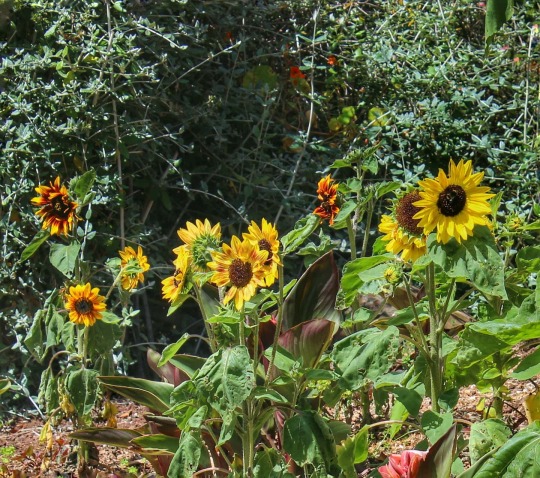

♡ Fruit tarts by the pond ♡
#my photos#cottagecore mine#fruit tart#countrycore#even tho this is in the middle of the largest city in the country#sunflower#garden#vegan baking#vegan sweets#vegan pastry#plantbased#cottagecore#gardencore#flowercore#fruitcore#farmcore#cottaqecore#happyheidi#peacozy
461 notes
·
View notes
Text
its my mom's birthday today everyone say happy birthday to Mama Butchniqabi or ill blow this building up
109 notes
·
View notes
Text
Plants don't even give you comparable nutrition to previous decades because we are over planting food crops.
Like y'all wanna prioritize the earth sooooo bad, stop drinking almond milk, stop importing your avocados from Mexico. Grow your own food or eat locally.
62 notes
·
View notes
Text
Oh btdubs, if anyone has access to a vacant patch of grass, like a backyard perhaps, and want to make a garden dollar stretch, invest more in trees and shrubs than vegetables.
They're harder to kill,
Require less water after the first year,
you can usually buy/preorder them cheap when they're out of season (as I've stated before in another post),
You get more fruit per plant,
You don't have to replant/reseed.
Sure it takes longer to establish and bear fruit and you can do stuff while you wait, but if it's between investing in the necessary items for a 5 inch garden box or 4 potted fruit trees your first year, I'd choose the latter. Make one of those trees an apricot and you could have fruit your first year, thereby tricking ur brain into releasing enough dopamine not to quit gardening out of lack of patience.
If you really want a vegetable garden:
grow tomatoes
and a variety of herbs like basil, thyme, mint(IN A POT FOR THE LOVE OF GOD KEEP THAT CRIMINAL LOCKED UP), oregano, lavender, rosemary, etc.
these guys are usually really hard to kill.
For an unkillable berry that you can harvest first year, comes back, and thrives on neglect, try a ground cherry (which is also a cousin to the tomato apparently).
don't forget to mulch okay bye.
390 notes
·
View notes
Text
So many times I’ve seen people on here be like wowww it’s so funny seeing ppl rage over vegans 😁!! ….. these people genuinely have no idea what they’re talking about. If you mention all their stuff being made of plastic they cover their ears and go lalala like they’re 5. I’m sorry but it DOES make me mad. I wish your passion for the environment could go somewhere actually useful and not to blissful ignorance and even environmental harm. -_-
#idgaf if you don’t eat meat. good for you… but if the reason you’re vegan is because of some sad baby cows and not the overall impact of#the fashion industry (etc) then you’re not seeing the big picture. and you’ll likely never WANT to see ..#different subject but I also think it’s worth noting the anthropomorphism of farm animals in advocacy for veganism. does that make sense#like the whole thing about like. imagine you’re born just to become meat and a jacket etc etc so sad so depressing. except.. animals have n#concept of that. they only know right now. they don’t think about stuff like that?….#you can’t put yourself in their place because they genuinelh don’t have the capacity to understand it like we do. it’s annoying#obviously I want livestock to be treated well. it makes me sad that abuse is rampant in an industry like this. but if you want to really#help… buy your meat from someone you KNOW treats their animals well. ?does that make sense..#this is not the garden of Eden bitch animals die. that’s not always a bad thing. hello can anyone hear me
36 notes
·
View notes
Text
How to collect & use kitchen grey water to conserve water and water your garden all at once!
1. Soap* up/scrub your dishes:

2. Put a big pot in your sink:

3. Start rinsing your dishes:

4. Mmmm, dirty dish water**:

5. Let cool a bit if you used very hot water, then water plants of your choice***:

Do look up the grey water regulations in your area, at least so you know them. Read up a bit more on greywater systems. This may or may not be legal in your area, but understanding why it is or isn't can help you decide how to safely incorporate water reuse into your life.
One of the common big ones is that your not allowed to just let the water sit there, or pool on the ground. A common tactic is to divert the water below the surface of the soil, which can be accomplished easily. Some people don't want you to use kitchen grey water because of concerns around bacterial contamination from raw meat, etc, so consider how you're going to deal with that.
* don't use chlorine or borax (I don't know anyone who does for dishes, but you can't be sure on the internet). If you're quite concerned about your soap, get one that's labeled environmentally friendly or whatever.
** I'm a vegan so I don't have to worry about this, but if you're not, make sure you don't use waste water from dishes that had contact with raw meat or eggs. Because of potential bacterial contamination.
*** soap is basic, so don't water acid-loving plants with this. Never allow the water to pool for any length of time. Here you can see that I'm watering a cucurbit, which are thirsty plants that appreciate extra nutrients.
#solarpunk#practical solarpunk#solarpunk gardening#permaculture#greywater#graywater#the punk is because this isn't technically legal#but they also didn't make a law here specifically targeting this method#;)#water conservation#sustainable vegan#vegan gardening#vegan solarpunk
740 notes
·
View notes
Text

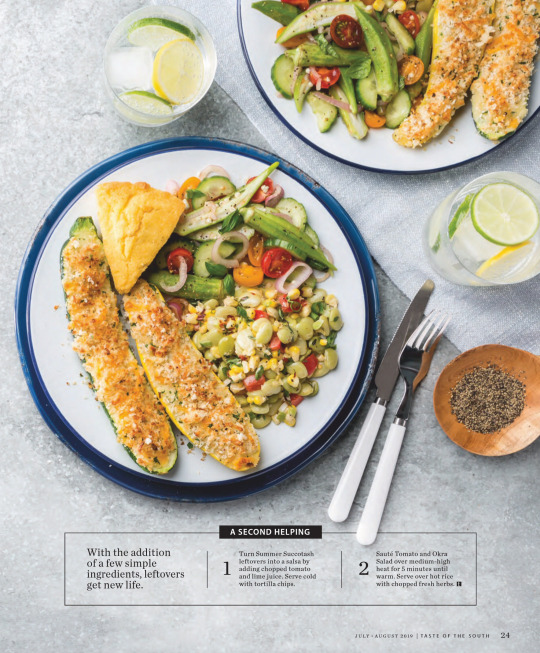
#veggies#vegetarian#vegetables#veggie side dish#veggie sides#garden#salad#summer#summertime#picnic#picnik#healthy#healthy recipes#healthy eating#recipe#vegan#kitchen witch
97 notes
·
View notes
Text

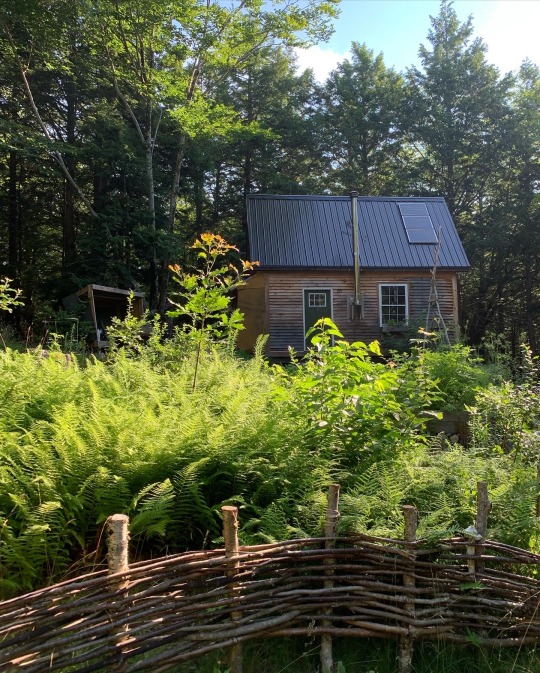
if you look closely and squint through the ferns, you just might find a tomato.
#home#garden#tomato#garden fresh#gardening#vegan gardening#gardener#cabin#cottagecore#self sustainability#rural living#solar power#off grid#off grid living#cottage#cabins#cabincore#gardencore#tomatoes#fresh veggies#veggie garden#wattle fence#ferns#fern#flora and fauna#fernwood#woods#woodsliving#forest
515 notes
·
View notes
Text






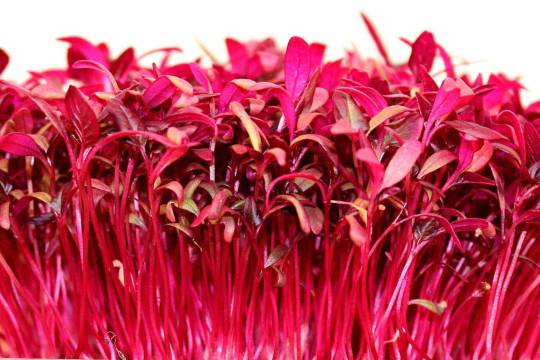
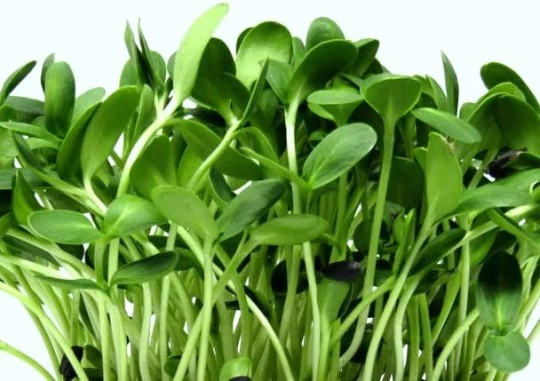
🌱☘️ microgreens varieties ☘️🌱 grow & eat your mini greens
Pictured: broccoli, beet, radish, wheatgrass, alfalfa, purple basil, amaranth, sunflower
[Wikipedia] Microgreens are vegetable greens (not to be confused with sprouts or shoots) harvested just after the cotyledon leaves have developed with one set of true leaves. They are used as a nutrition supplement, a visual enhancement, and a flavor and texture enhancement. Microgreens are used to add sweetness and spiciness to foods. Microgreens are smaller than “baby greens” because they are harvested very soon after sprouting, rather than after the plant has matured to produce multiple leaves. Among upscale grocers, they are now considered a specialty genre of greens, good for garnishing salads, soups, sandwiches, and plates.[1][2] They can be used as a main vegetable as well in certain recipes for added flavor and nutrition.
Somewhere between a sprout and a baby veggie
“Microgreens are also called ‘vegetable confetti’ because they are tiny, beautiful greens characterized by a variety of colors and shapes, as well as by very different and intense, sometimes surprising, flavors,” Di Gioia says. There are hundreds of different varieties of microgreens. Pea, sunflower, broccoli, and radish microgreens are some of the most popular varieties among Matchett’s customers. Other varieties include beets, Swiss chard, cucumber, sweet pea, endive, savoy, Brussels sprouts, mustards, cauliflower, tatsoi, spinach, kohlrabi, mint, basil, sorrel, cauliflower, arugula, collard, fenugreek, carrot, mizuna, corn, turnip, chervil, celery, scallions, and komatsuna...
“Over the last few years, several studies have suggested that microgreens are nutrient-dense, being a good source of essential minerals, vitamins, and antioxidants,” Di Gioia says. While “there is a lot of variability between species and growing conditions,” as Di Gioia points out, generally speaking microgreens often have a greater concentration of these micronutrients than their full-grown counterparts, pound for pound. Many microgreens are four to six times higher in vitamins and antioxidants than the fully grown plant, according to the U.S. National Library of Medicine. (source)
#p#good eats#herbarium#holistic healing#holistic health#herbalism#nutritarian#vegan#vegetarian#leafy greens#fitblr#leveling up#nutrition#gastronomy#gardening#microgreens#GBOMBS#moodboard#sidewalkchemistry#food centric herbalism
272 notes
·
View notes
Text
Looking for active blogs that post about:
💘 Animal Welfare, esp farm animals
🏭 Anti Macro Farming
🐝 Bee Keeping
🪓 Bushcraft
🐓 Chicken Keeping & Backyard Eggs
⚠ Endangered, threatened, and extinct species (as well as efforts to conserve & restore)
🌳 Environmentalism, conservation, and land stewardship
🍽 Ethical omnivorism, flexitarianism, and humane/responsible consumption of animal and plant products
🥚 Farmer's markets & locavorism
🎣 Fishing (responsible; for food, resources, and population control, not for leisure, sport, or fun)
🌱 Foraging (responsible)
👨🌾 Gardening & cultivating plants & herbs (esp. indoors)
🦌 Hunting (responsible; for food, resources, and population control, not for leisure, sport, or fun)
🥦 Recipes, esp. ethical omnivore, flexitarian, locavore, vegetarian, and/or vegan
🦴 Vulture Culture (responsible)
👨🏭 Worker's Rights & welfare, esp in the ag industry
Reblog or send me an ask if you think your blog might suit my taste.
#Vulture Culture#Hunting#Gardening#Cultivation#Foraging#Fishing#Environmentalism#Endangered Species#Threatened Species#Conservation#Extinct#Ethical Omnivore#Locavore#Flexitarian#Vegan#Vegetarian#Bushcraft#Bee Keeping#Chicken Keeping#Bees#Chickens
12 notes
·
View notes